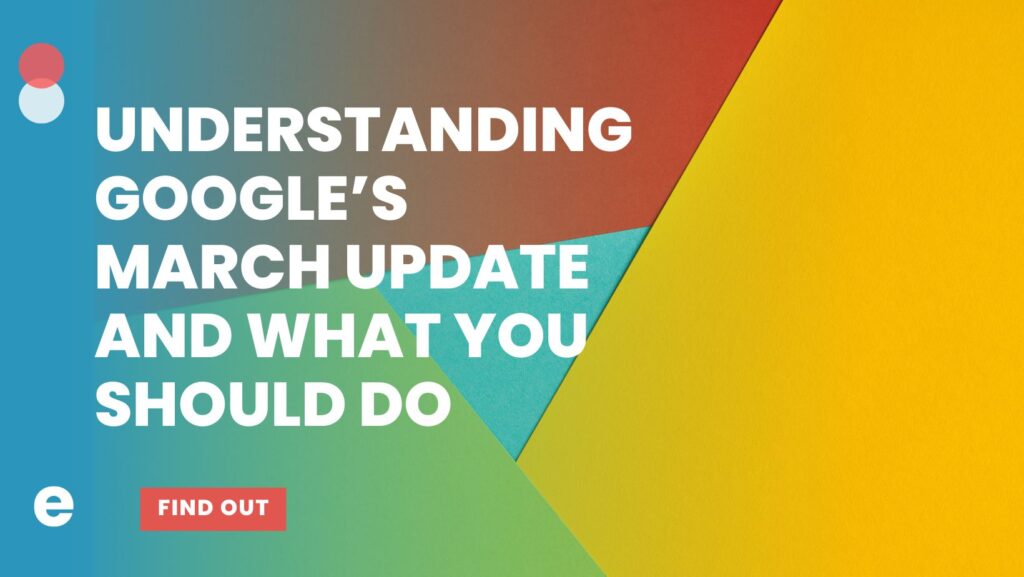E-commerce. What was once something as simple as posting your product catalog and installing a payment gateway has now become – like all things in the digital marketing world – a cross-departmental component of a higher-level growth initiative. Suppose you’ve yet to enter the world of e-commerce? Maybe you’re wanting to revamp your current e-commerce program in favor of a leaner, harder-working model that requires fewer resources to generate the sales goals you’re targeting? Where do you start? In no particular order…
Lower Your Customer Acquisition Costs (CAC)
Start by identifying your Unique Selling Proposition (USP). Knowing what sets you apart means you’ll understand why your customers are buying from you versus your competitors. When you identify your USP, you can focus your marketing efforts on what sets you apart (read: be more efficient), and use this USP for your conquesting initiatives as well.
Target your customers versus blanket-marketing to customers who have no intention of buying. Do you sell cycling apparel? Then you’ll want to direct your messaging (which leads them directly to your e-commerce site) towards people who read popular cycling blogs, sign up for local races, or share their rides on social media.
In short, the more you fine-tune your audience, the more focused your CAC will be.
Improve Repurchase Rates
Invest in your best customers. Incentivize repeat and bulk orders. According to one study, in the US it takes five new customers to equal the Revenue Per Visit (RPV) of one repeat customer. A 5:1 value proposition is a pretty strong motivator, don’t you think?
REAL customer support. While the bulk of your user experience efforts will be on the front end, remember that stat about an existing customer being five times more valuable than a new one. To that end, you’ll want to make transaction resolution as seamless and painless as possible. Look at Amazon, and how easy it is to return an item, track a missing/late package, and live chat with a rep to sort out the fuzzier details. Making this process easier is key to building and maintaining customer loyalty.
Retargeting. By focusing on those who’ve visited your site, abandoned a shopping cart, or otherwise interacted with your marketing and e-commerce efforts short of a sale, you can serve up specific language, even specific offers to entice them to come back and make a purchase. Only 2% of first-time site visitors result in a sale. Retargeting addresses the 98% you want to come back.
Team (Re)Alignment
Today, whoever is tasked with your e-commerce program will be communicating with, and reporting to, multiple departments – your SEO, PPC, and Content teams – all of which affect, and will, in turn, be affected, by your e-commerce initiative. Really, anyone who is involved in any step of the content creation & customer experience lifecycles NEEDS to be in direct contact with your e-commerce team.
Focused Content
Make no mistake about it, content is a KEY player in the success of your customer experience and thus your e-commerce program. According to the 2017 Salesforce Connected Shopper Report:
“…most shoppers are doing their homework and researching merchandise before they reach the point of purchase in-store (79%) and online (85%).”
Moreover, that “homework and researching” occurs in more avenues than you may think:
“The most used channels for research before making an online purchase across generations include website (74%), email (43%), social media (38%) and retailer’s mobile apps (36%).”
Let’s not forget how User Generated Content (UGC), if appropriately curated, can add one of the most influential voices in your marketing arsenal. Why is UGC so important? One study offers the following stats:
- Shoppers who first consult UGC in the research phase are 97% more likely to purchase over those who do not review UGC on a given product. 97%!!!
- RPV increases 106% when shoppers consult UGC prior to purchase.
- Average Order Value (AOV) increased by 10% among shoppers who consulted UGC prior to purchase.
With stats like that, it is easy to see why there is such a strong focus on content in connection with your e-commerce initiatives.
Looking Forward
Shopping via voice search isn’t seamless… yet. However, that aforementioned pre-purchase research is gaining ground. According to the same study from Salesforce:
“40% of millennials (age 18-36) say they use voice-enabled digital assistants, such as Amazon Echo and Google Home, to research merchandise before buying online.”
This means that even though a complete transaction cycle via voice is highly unlikely at this point in time, plenty of people are conducting their pre-purchase research via voice. You may want to loop back with your content and dev teams to see how to make your voice heard, literally.
So whether you’re a tried and true veteran of the e-commerce area, or you’re curious about exploring your options, drop us a line – we’re listening.


